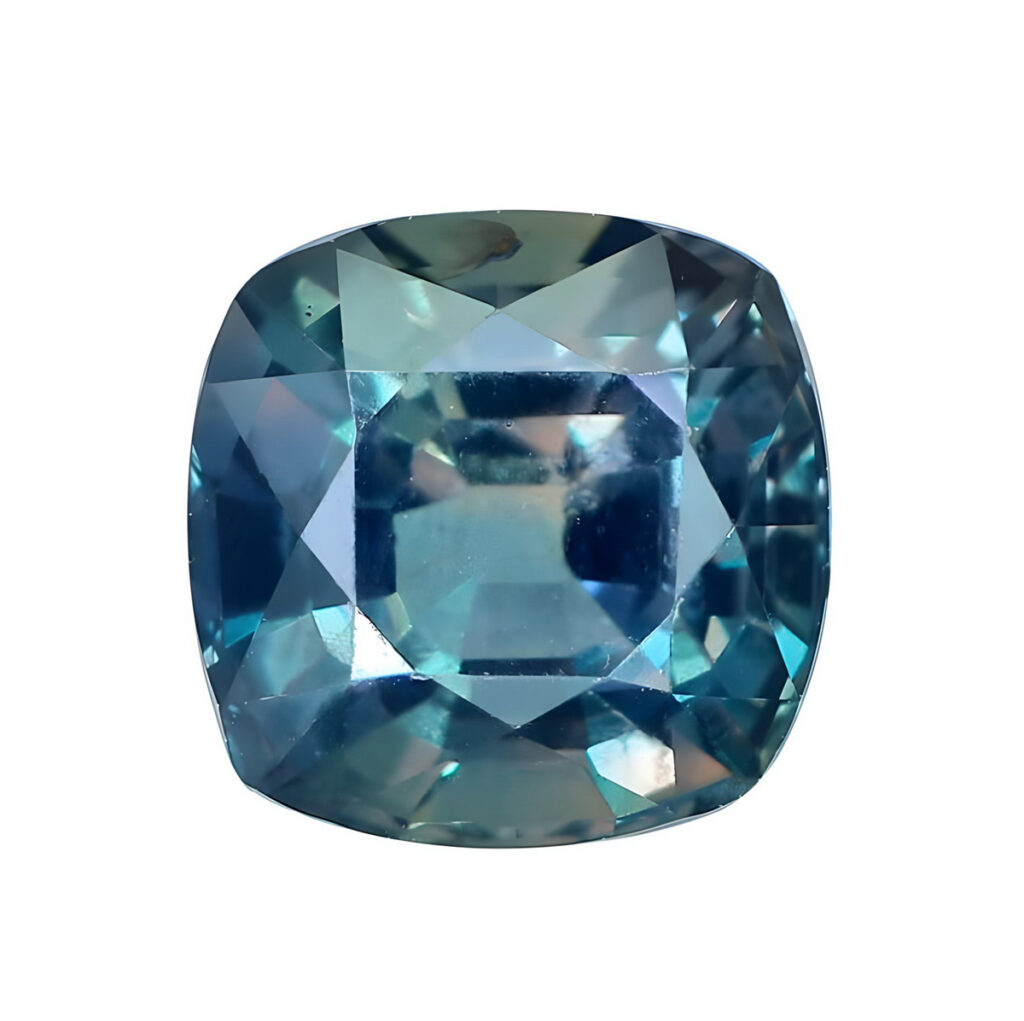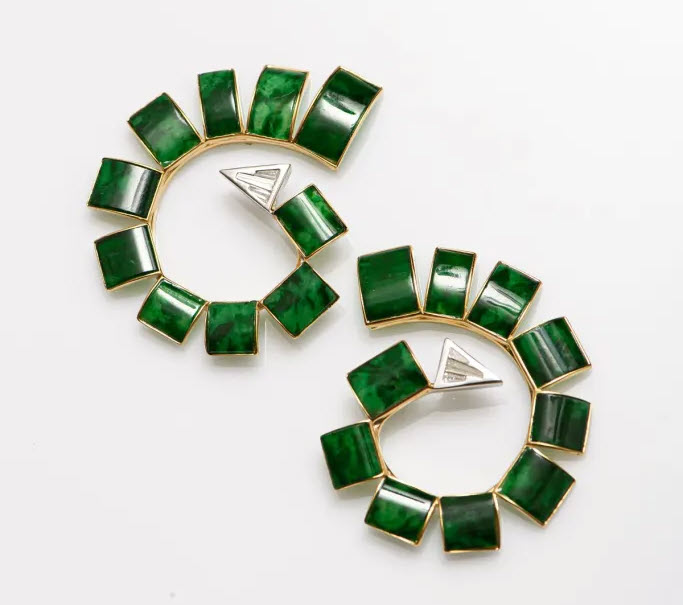Tokyo based Jewelry Designer Hajime Ando infuses his Japanese heritage and passion for the Italian aesthetic into his latest creations bringing forth elegance, beauty and strikingly gorgeous, refined lines.
The level of detail that goes into Hajime Ando’s visually stunning creations is worthy of attention and admiration. In today’s age of rapid manufacturing and instant consumerism, the quality of this calibre stands out. Inspired by the city of Rome, Hajime’s designs are infused with a natural affection for this glamorous, ancient city. The gold light at midday and sunset, the circular lines of winding streets and glorious statues, the fusion of ancient and modern through stone, rock, steel and glass, the glittering of sunlight in the mirror of fountains, the gold, metal and shine off cars, sunglasses and reflective belts. Rome is and remains the enviable opulent jewel of Europe; it’s no wonder that Ando’s vision, creativity, talent and passion for the Italian aesthetic integrates so beautifully with the iconic Bulgari brand.
As Hajime continues to glitter his way into the spotlight he rightly deserves, we caught up with him at the Jewelry Trade Center in Bangkok to explore his inspirations and his work.

1. Can you introduce us to your background and what led you to jewelry design?
Hajime Ando: My professional path began more than 30 years ago in Tokyo, Japan, my hometown. In university, I majored in metal craft, which is a traditional Japanese handicraft. After graduation, I started my career as a jewelry designer in Japan for ten years.
After my first trip to Italy, my love for Italian art and language led me to move to Valenza in 2001. Valenza is Italy’s major jewelry district in the region of Piedmont with the highest number of high-quality gold artisans and jewelry businesses in the country. Here, I continued to cultivate my passion for jewelry craftsmanship and became a designer for an Italian jewelry brand called LUCA CARATI.
Afterwards, I was a designer for Crova s.p.a, an Italian manufacturer of handmade jewelry founded in 1845. From 2005 onwards, I became one of the seven jewelry designers for Bvlgari in Rome.
2. You speak three languages – Japanese, Italian & English. Why were you drawn to Italy?
Hajime Ando: I studied the Italian language for five years in Japan before moving to Italy. I was fascinated by Italy’s rich heritage long before my travels. I had a massive fondness for Italian Fashion, Modern design, automobiles- to its cuisine, cinematography and culture. It was so different from the dainty, minimalist Japanese aesthetic I am familiar with; Italian design was dramatic, opulent and daring in its design. I believe my work is an interplay of Roman history and modern design working closely in synergy.

3. As a designer, what inspires your work? Did Italian art & design have an influence?
Hajime Ando: I lived in Rome for five years. Rome, with its architectural and artistic heritage, has ultimately influenced my creative designs and mode of expression. The city of Rome is like a historical art museum. From beautiful pebbled piazza’s filled with world heritage sites, monumental public sculptures, Roman coins to the glorious pink sunset colours set against the classical Borghese gardens. Rome was, indeed, a unique experience for me.
4. What is the favourite piece you’ve ever created – and what made it so special?Hajime Ando: The scope of influence in Italian Design certainly echoes throughout my jewelry. While expressing Bvlgari’s values and heritage played an integral part in my design style, recently, I’ve been harking back to my culture and identity, using traditional Japanese metal craft techniques. Last year, in collaboration with Gyokusendou workshop, a new copper jewelry product was launched exclusively by Wako Department Store in Tokyo’s Ginza district. My idea was to create a jewelry collection that contemporized traditional Japanese copper techniques and embodied the Japanese spirit and soul. The Ginza district was an essential site for silver coin minting before it evolved as an upmarket shopping district. Thus, the shape of this pendant derives from the curved shapes of ancient Japanese coins.
5. Are your designs made by hand, CAD or a combination of the two?
Hajime Ando: My design work is mostly made using CAD and a 3D printer. I care about the efficiency of my work, as well as maintaining the quality of finish. In design work, I learnt that speed is critical.
6. Bvlgari’s designs are characterized by their prominent use of multi-coloured gemstones set in luxurious yellow gold. What are your favourite materials & gemstones to use?
Hajime Ando: My favourite metal is 18k yellow gold – It exudes passion and warmth. I also like using ageing metal copper and bronze. Recently, the increase in demand for diamonds meant that my designs feature more diamonds than coloured gemstones. Personally, the exuberance of colour is very important to me – It is colour that allows you to become creative, play with daring colour combinations and bring out the individualism and personality of the wearer.

7. After ten years working as A Designer for Bvlgari, you now have your product development and design consultancy firm. Tell me more about your work.
Hajime Ando: As an external Design Consultant, I provide creation planning to design prototypes for new start-up brands, primarily for Japanese and European jewelry companies. Jewelry is a reflection of a country’s customs, culture and environment. Thailand has remained the center of the jewelry industry retaining high standards of quality and craftsmanship and therefore becomes an immediate attraction for designers like myself. My next mission is to create innovative designs within this vibrant environment and eventually launch a global brand in Bangkok.
8. What advice would you give to someone interested in getting into the jewelry design business?
Hajime Ando: I think there’s a reason for every encounter – It is necessary to immerse yourself in major jewelry hubs and learn from the many talented people you meet; opportunities will then arise.












